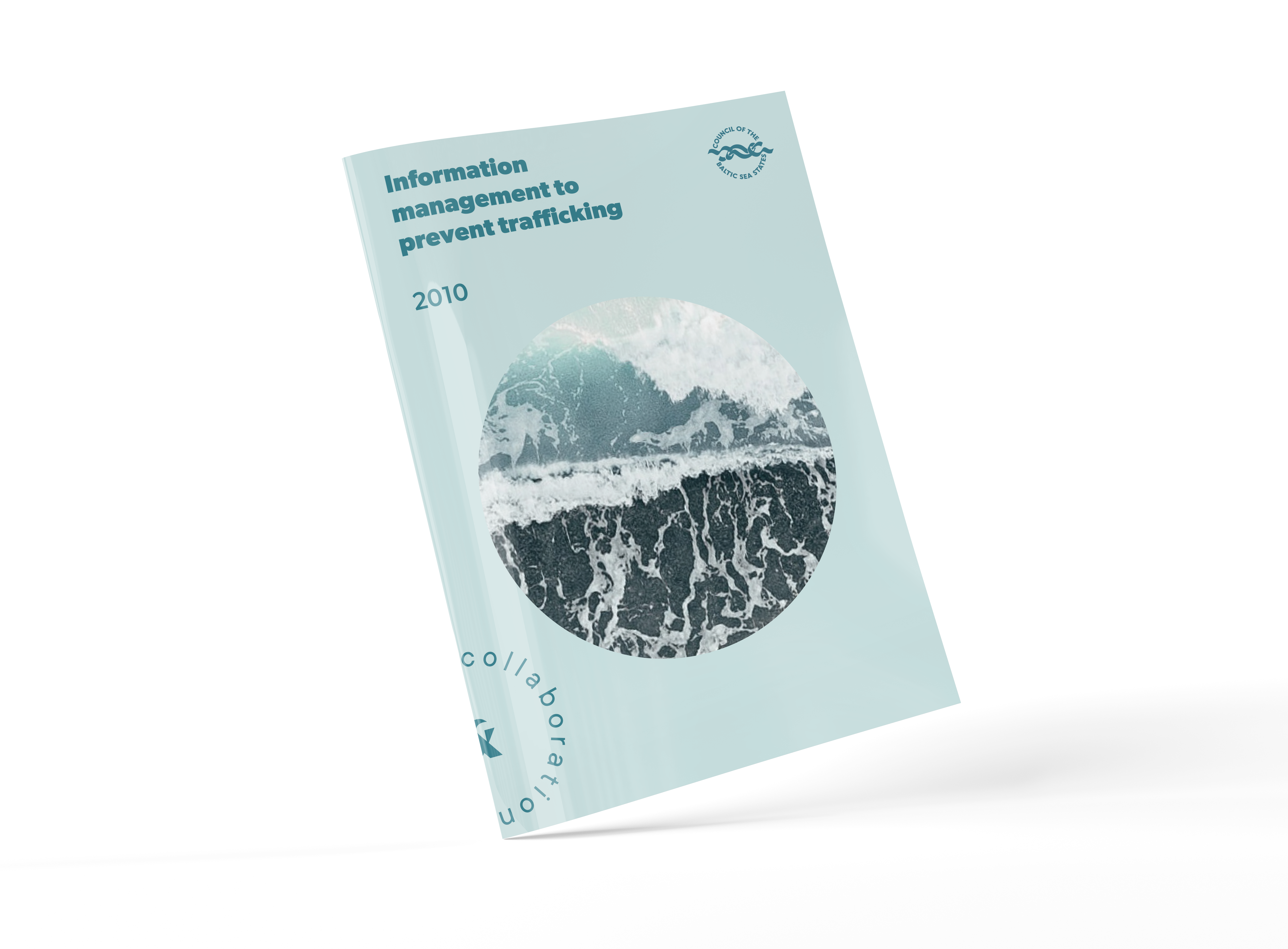
This report is one of the results of the Information Management to Prevent Trafficking project of the CBSS Expert Group on Children at Risk (BSR IMPT). It explores information structures on child trafficking with the ambition of mapping existing information and intelligence structures aiming to picture information streams.
Trafficking in children may appear a relatively minor problem. The official numbers – cases brought to trial – are very low. However, there may or may not be a hidden number. In any event, as trafficking constitutes a phenomenon closely associated with exploitation, prevention and protection measures need to address the ‘wider pool’ of children at risk of exploitation and, possibly therefore, trafficking. This is emphasised in the report.
The report is grounded on information obtained mainly from three expert seminars and around 60 interviews in nine countries within the Council of the Baltic Sea States. Information management, IM, is a complex area, where a number of factors in the end determine how information is managed in terms of stream and channels. This report starts from sectors or groups of professionals involved and the complexity was stressed by many of the professionals, who may not be in a position to see the full picture and therefore are often uncertain where to address suspicions and intelligence which may be vital for other professionals.
Main findings:
- All work to prevent trafficking must be based on children’s right to protection from all forms of violence.
- Young people up to the age of 18 are children.
- A national co-ordination function is vital in order to manage information on children at risk of trafficking.
- It is important to disseminate numbers on children and young people who are
- identified as victims of trafficking,
- suspected to be victims of trafficking,
- considered to be in abusive or exploitative situations or
- in contexts that may lead to them becoming victims of trafficking.
- Transparency on what the figures are based on is crucial in order to manage the complexities involved.
- Regional/local information collation is essential and there should be open lines of communication with the national level.
- When collecting and managing regional/local information, use should be made of existing professional networks organising professionals working with children.
- NGOs should be involved in information collection at the local/regional and national levels.
- The voluntary sector, faith-based organisations, labour organisations and commercial enterprises should be involved at the local level.
- Information collected should be carefully scrutinised to see if it can be validated through e.g. triangulation.
- National co-ordination should be in contact with research institutions and universities in order to encourage as broad an evidence base as possible.
The report was co-funded by the EU Daphne III programme.